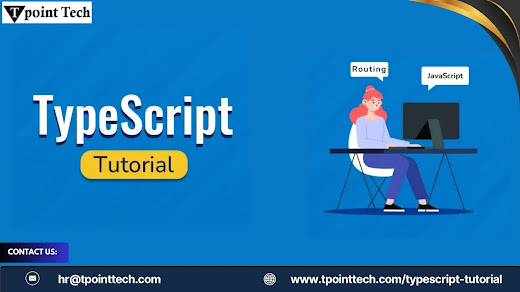Practical Example of FieldPosition's getEndIndex() Method in Java

FieldPosition.getEndIndex() Introduction Java provides several utilities for formatting numbers, dates, and messages. Among these, the FieldPosition class in Java is particularly useful when working with formatted output. It helps track the position of a particular field within a formatted string. This functionality is commonly used with NumberFormat and DateFormat classes. One of the most important methods in FieldPosition is getEndIndex() , which helps determine the endpoint of a formatted field within a string. In this Java tutorial, we will explore how FieldPosition.getEndIndex() works with a practical example, demonstrating its significance in text formatting operations. Understanding FieldPosition and getEndIndex() The FieldPosition class belongs to the java.text package and is primarily used to identify the beginning and ending positions of a specific field during text formatting. When used with number or date formatting, it can pinpoint where a specific component (su...






